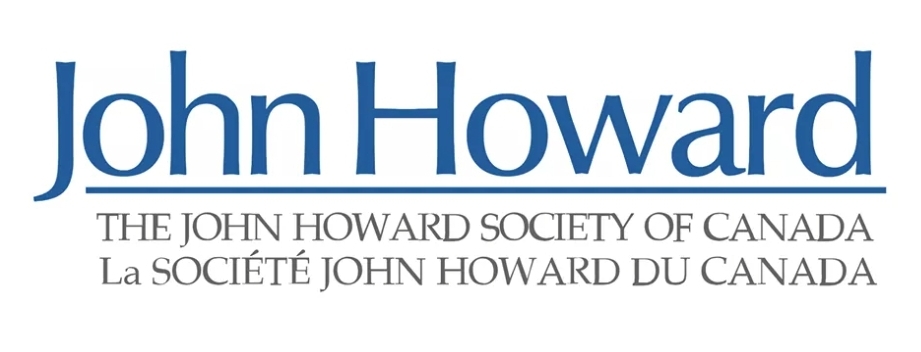
May 29, 2020 | John Howard Society
Just a year ago, in May, 2019, federal Justice Minister David Lametti released a report called “State of the Criminal Justice System”. Issued in the last few months of the government’s first mandate, it was intended as a public review of the state of the system.
As the Minister wrote in his Introduction, “One of my top priorities as Minister of Justice and Attorney General of Canada has been to conduct a thorough review of our criminal justice system.” The report, based on extensive consultations, provides “nine broad outcomes for the criminal justice system, along with over 40 performance indicators that measure the Government’s progress toward these goals”. The report never does say what the goals of the system are beyond the very vague statement that “Canadians want a fair, efficient, and compassionate criminal justice system, and one that promotes a safe, peaceful, and prosperous Canadian society.”
The Nine Outcomes:
1. Canadians are safe and individuals and families feel safe
2. The criminal justice system is fair and accessible
3. Canadians understand the role of and express confidence in the criminal justice system
4. The system operates efficiently
5. The system promotes and supports diversion, restorative justice, Indigenous justice, and tools for community-based resolution
6. The system provides persons in the correctional system with services and supports to rehabilitate them and integrate them back into the community
7. The system respects victims’ and survivors’ rights and addresses their needs
8. The system reduces the number of Indigenous people in the system
9. The system reduces the number of marginalized and vulnerable people in the system
There is no outcome for reducing crime, or reducing harm in society generally, which most Canadians would likely consider to be key purposes.
Indicators
The report provides several indicators under each outcome. However many of the indicators seem to have been chosen because data are available rather than because they really illustrate key aspects of the state of the system.
For example, under the outcome of ‘services and supports to rehabilitate’, one indicator is ‘educational programs in federal institutions’. This indicator is given a green, for improving, even though a) educational programs in federal institutions are very limited; and b) the indicator has hardly changed in 5 years.
To take another example, under the heading of ‘fair and accessible’ a useful indicator would be the proportion of charges never proceeded with . For example, in Ontario in 2019, about 40% of all criminal charges were withdrawn before or at trial, which suggests over-charging by police and prosecutors. Another might be the proportion of people actually having a trial, which in Ontario in 2019, happened in only 4% of criminal cases. But these indicators would not paint a very good picture of our system. And indeed, as many previous posts have shown, it’s hard to find an outcome where the evidence would show a satisfactory picture, other than public safety – and that is not an achievement of the justice system. On issues such as equity, efficiency, rehabilitation, the situation of vulnerable people and minorities, equal access, or restorative justice there has been at best only a very little progress, and in many cases the data show that things are worse than they were 20 years ago.
No Proposals for Change
More significantly, the report contains no suggestions or proposals for improvement, and no commitments from the government as to any actions it will take. Even in the areas which the government has identified for improvement, such as reducing the proportion of Indigenous people in the justice system, and where others in the community have made many specific proposals for change, the report is silent.
The federal government deserves credit for producing this report and for attempting to develop some outcomes and measures. It’s always better to have easier access to more data about the performance of the system. The report does provide access to a range of data – though very little of it pertains to the provincial systems, which is where the courts operate and where most accused people are managed. It’s also reasonable to expect that future reports – if there are any – will gradually fill in some of the gaps in the data.
Commitment to Improvement?
The real problem in criminal justice in Canada is not about data, but about action. The problems have been known for a long time (for example, this 2012 book by Diane Crocker). What is apparent is the lack of action on the 2015 criminal justice promises made by the Liberals (such as around pardons or mandatory minimum sentences or more use of restorative justice or better approaches with Indigenous people). Little or nothing has been done on most of these fronts. The continuing issues identified by the Correctional Investigator also raise serious questions about whether there is a genuine commitment to change in the prison system. As previous posts on this blog have illustrated, the federal government has considerable room to do more, and to save money in the bargain, but has so far chosen not to act.
Original Source:
www.johnhoward.ca